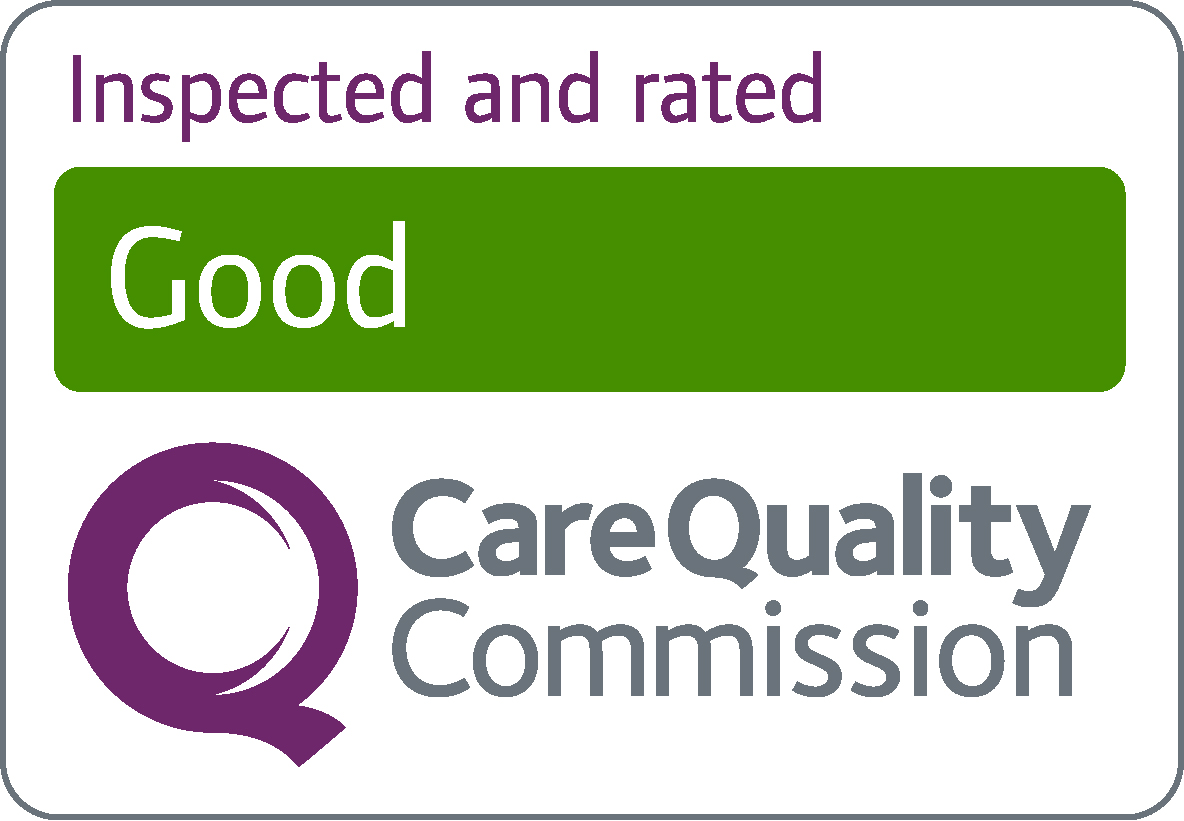Diabetic eye screening
If you have diabetes you may be at risk of developing an eye condition called diabetic retinopathy. Diabetic retinopathy can cause sight loss if it's not treated.
Diabetic eye screening checks for signs of diabetic retinopathy, often before you notice any changes in your sight.
Finding and treating it early can prevent or reduce damage to your eyes and sight loss.
Regular eye tests
Diabetic eye screening is not the same as a regular eye test with an optician. Having regular eye tests is important to check for other conditions.
If you have diabetes and you're aged 12 or over, you'll get a letter every 1 or 2 years asking you to have diabetic eye screening.
If you have gestational diabetes, which is often a temporary condition, you will not be invited for diabetic eye screening.
You’ll usually get a letter through the post inviting you for diabetic eye screening. The letter will tell you how to book your test.
You may be offered a choice of when and where you can get the screening test.
You’ll usually be invited for diabetic eye screening when you’re diagnosed with diabetes, every year after, or every 2 years if your last 2 tests found no changes in your eyes.
If you think you're due to go for diabetic eye screening and you’ve not had a letter in the post, contact either:
- your GP practice
- your local eye screening service
Find your local diabetic eye screening service
Diabetic eye screening is an important part of your diabetes care. Screening is the best way to find diabetic retinopathy early, which can prevent or reduce damage to your eyes and sight loss.
It’s your choice if you want to have diabetic eye screening. If you do not want to have diabetic eye screening, you can ask not to be invited for up to 3 years by writing to your local diabetic eye screening programme. After 3 years, they will contact you to see if your circumstances have changed and if you now want to attend screening again.
Your sight may be blurry for a few hours after diabetic eye screening because of the drops that will be put in your eyes. This means you will not be able to drive after the test so it’s important to plan how you will get to and from the test.
You may want to ask someone to come to your appointment with you or ask them to collect you afterwards.
If you wear glasses or contact lenses, bring them with any lens solution, if you need it.
You may also want to bring sunglasses as everything may look bright for a few hours after the test.
Your diabetic eye screening appointment will last around 30 minutes.
- You'll be asked to read some letters on a chart.
- Eye drops will usually be put in your eyes to make your pupils larger. These may sting briefly and make your sight blurry.
- When the drops start working, you'll be asked to look into a camera.
- Photographs will be taken of the back of your eyes. There will be a flash when a picture is taken.
You can go home when the test is finished. You will not get your test result on the day.
Video: diabetic eye screening
This video shows what happens when you go for diabetic eye screening and why you need regular eye checks.
Media review due: 1 November 2024
You'll get a letter telling you the results of your diabetic eye screening, usually within 3 weeks of the test. The photographs of your eye need to be looked at by an expert.
Your result letter should tell you what your result means, and what happens next.
Sometimes you may be asked to do the test again if the images were not clear enough to get a result.
Talk to your GP surgery or diabetic eye screening service if you do not get your result letter within 3 weeks.
There are 3 possible results.
Contact a GP, your diabetes care team or an optometrist if:
You have diabetes and problems with your eyes or vision, such as:
- vision getting worse
- blurred vision
- difficulty seeing in the dark
These symptoms do not mean you have diabetic retinopathy, but it's important to get them checked.

